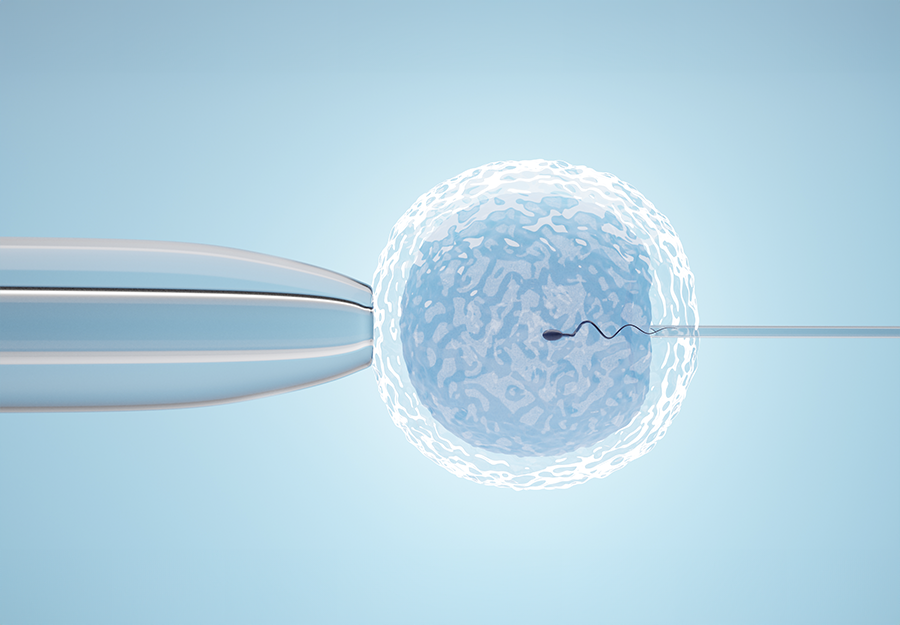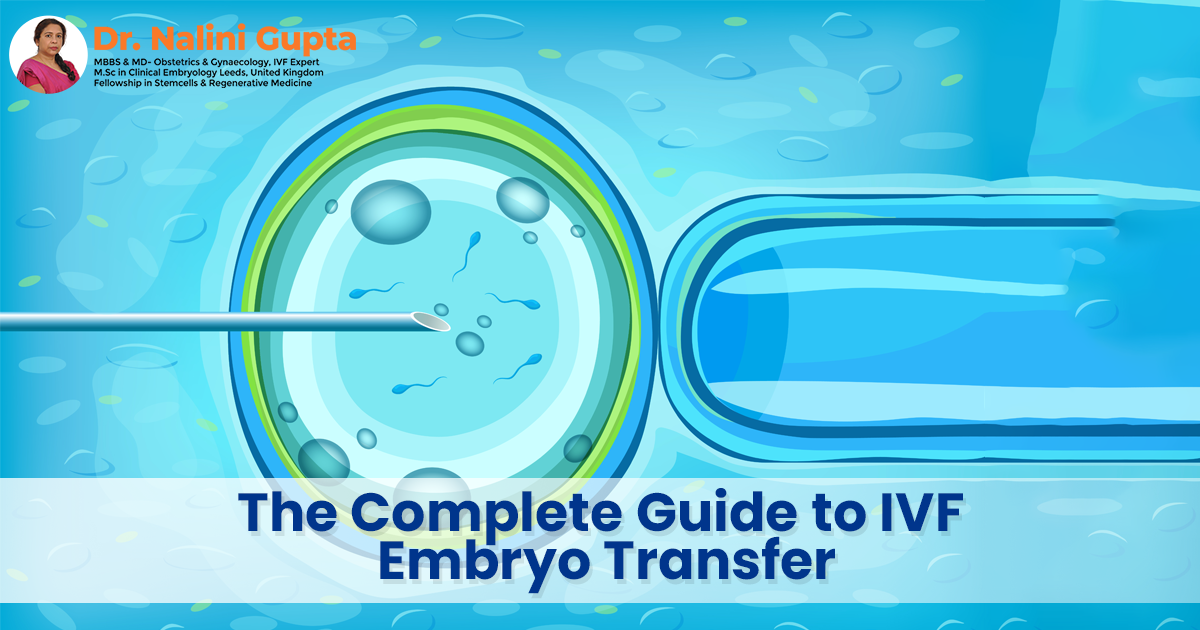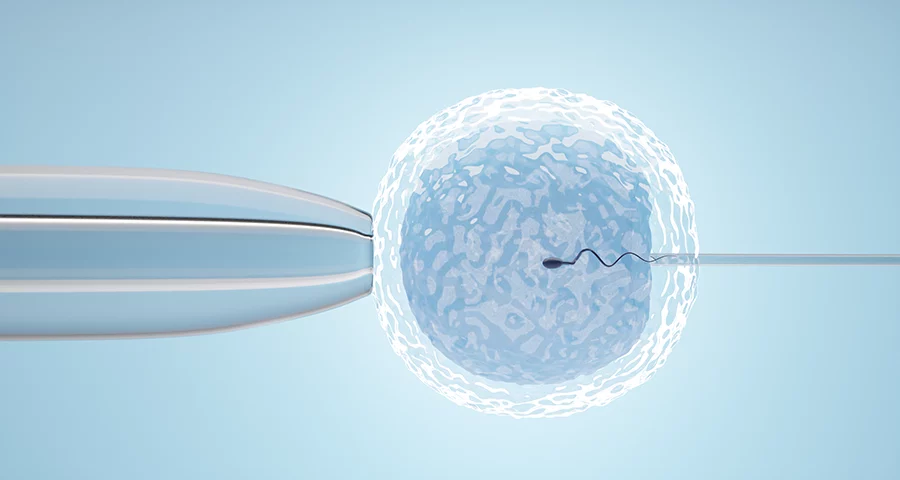
IVF Drugs: Everything You Need to Know About the Meds That Make Miracles Happen
April 15, 2025Your Ultimate Guide to IVF Transfer: Everything You Need to Know
So, you’ve heard about IVF (in vitro fertilization), and maybe you’re even considering it—or you’re already knee-deep in the process. The IVF transfer step is one of the most exciting (and nerve-wracking!) parts of this journey. It’s the moment when all the prep work comes together, and a tiny embryo gets a chance to become your future kiddo. But what really happens during an IVF transfer? What’s it like behind the scenes? And what can you do to make it go as smoothly as possible? Let’s dive into this rollercoaster ride together!
This isn’t your typical “here’s what the doctor says” article. Sure, we’ll cover the basics—like how the IVF transfer process works—but we’ll also spill some tea on the stuff people don’t usually talk about. Think quirky clinic vibes, secret prep tips, and even the latest research that could give you an edge. Whether you’re a newbie or a seasoned IVF warrior, there’s something here for you.

What Exactly Is an IVF Transfer?
An IVF transfer is like the grand finale of the IVF process. After weeks of shots, scans, and egg retrieval, this is when a fertilized embryo (or embryos) gets placed into the uterus, hoping it’ll stick around and grow into a baby. It’s a big deal—but it’s also surprisingly quick!
How It Works: The Simple Breakdown
Here’s the gist: After your eggs are retrieved and fertilized in a lab, they grow into embryos over a few days. Then, during the transfer, a doctor uses a thin tube (called a catheter) to gently place one or more embryos into your uterus. No surgery, no stitches—just a quick procedure that feels a bit like a pap smear.
- Timing: Usually happens 3 to 5 days after egg retrieval, depending on how the embryos are growing.
- Duration: Takes about 10-15 minutes tops.
- Pain Level: Most people say it’s mildly uncomfortable, not painful.
Fresh vs. Frozen: What’s the Difference?
You might hear about “fresh” or “frozen” embryo transfers. A fresh transfer happens right after egg retrieval in the same cycle. A frozen transfer uses embryos that were frozen earlier and thawed out when you’re ready. Fun fact: Frozen transfers are becoming more popular—studies show they might even have higher success rates in some cases because your body gets a break before the big moment.
- Fresh Transfer: Fast-tracked, but your body might still be recovering from all those hormones.
- Frozen Transfer: Gives you time to chill (pun intended!) and prep your uterus better.
“We’ve seen frozen embryo transfers gain traction because they let us optimize the uterine environment,” says Dr. Emily Carter, a fertility specialist. Pretty cool, right?
The Day of Your IVF Transfer: What to Expect
Picture this: You’re walking into the clinic, heart racing, maybe holding your partner’s hand a little too tight. What’s about to happen? Let’s walk through it step-by-step so you’re not caught off guard.
Step-by-Step: Your IVF Transfer Day
- Check-In Vibes: You’ll sign in, maybe pee in a cup (yep, they might check if your bladder’s full—more on that later!), and change into a gown. The waiting room might have that awkward mix of hope and tension—everyone’s in the same boat!
- The Prep: A nurse or doctor will chat with you about which embryo(s) they’re transferring. They might even show you a pic of your little embryo on a screen—talk about a proud parent moment!
- The Procedure: You’ll lie back on a table with stirrups (like at the gyno). The doctor uses an ultrasound to guide the catheter through your cervix and into your uterus. You might feel a little pressure or a pinch, but it’s over before you know it.
- Afterward: You’ll rest for 10-30 minutes, then head home. Some clinics have you lie down with your hips tilted up—others say just relax.
Weird Stuff No One Tells You
- The Full Bladder Trick: Many clinics ask you to come with a full bladder. Why? It helps the ultrasound get a clearer view and straightens out your uterus. Pro tip: Don’t overdo it, or you’ll be squirming!
- The Embryo Hand-Off: Ever wonder how the embryo gets from the lab to you? A lab tech literally hands the catheter to the doctor through a tiny window—like a secret embryo delivery service.
- Clinic Quirks: Some places play calming music (think spa vibes), while others feel like a sterile spaceship. One woman on X said her clinic had a “lucky frog” statue patients rubbed for good vibes—random, but cute!
Practical Tips for the Day
✔️ Wear comfy clothes: Think sweatpants and socks—nothing tight or fancy.
✔️ Bring a buddy: Emotional support (and a driver) can make a huge difference.
❌ Skip the coffee: You don’t need extra jitters—or an even fuller bladder!
✔️ Ask questions: Want to know your embryo’s grade? Curious about the catheter? Speak up!
What Happens After the IVF Transfer?
Okay, the transfer’s done—now what? This is where the infamous “two-week wait” (TWW) kicks in. It’s the time between the transfer and when you can take a pregnancy test. Spoiler: It’s an emotional marathon!
The Two-Week Wait: What’s Going On Inside?
Once the embryo’s in your uterus, it needs to implant—meaning it attaches to the uterine lining and starts growing. This usually happens 6-10 days after the transfer. Your body might start sending signals (or not!), but here’s what’s actually happening:
- Day 1-3: The embryo floats around, maybe hatching out of its shell (zona pellucida).
- Day 4-7: It starts burrowing into the lining—implantation time!
- Day 9-14: If it sticks, your body ramps up pregnancy hormones like hCG, which a test can detect.
Symptoms: Real or Imaginary?
You might feel cramps, bloating, or spotting—or nothing at all. The tricky part? These could be from implantation or the meds you’re taking (like progesterone). A lot of folks on X confess to overanalyzing every twinge—sound familiar?
- Common: Mild cramping, tiredness, sore boobs.
- Not So Common: Heavy bleeding (call your doc if this happens!).
Busting Myths About Bed Rest
Old-school advice said to lie flat for days after a transfer. But guess what? Science says nah. A 2021 study found no difference in success rates between women who rested a ton versus those who got up and moved around. Your embryo isn’t going to “fall out”—it’s snug in there!
✔️ Do: Take it easy—light walks or Netflix marathons are fine.
❌ Don’t: Stress about staying horizontal 24/7—it’s not necessary.
Boosting Your IVF Transfer Success: Tips and Tricks
Everyone wants to know: How can I make this work? While a lot’s up to biology, there are some sneaky ways to stack the odds in your favor. Let’s dig into the good stuff—some backed by science, some from real-life IVF champs.
Pre-Transfer Prep: Set the Stage
Your uterus is like a cozy bed for your embryo—it needs to be just right. Here’s how to prep:
- Endometrial Lining: Aim for a lining of 7-10 mm thick. Docs might use estrogen or even a scratch (yep, a tiny scrape inside) to boost it.
- Progesterone Power: You’ll likely start this hormone a few days before the transfer. It’s like fertilizer for your uterine garden.
- Hydration: Drinking water keeps things flowing—some swear by electrolyte drinks like Gatorade for an extra kick.
The Pineapple Core Hack
Heard of eating pineapple core after a transfer? It’s a fan favorite in IVF circles. The core has bromelain, an enzyme that might reduce inflammation and help implantation. No hard proof it works, but it’s a tasty ritual for many!
- How: Slice the core into five pieces, eat one a day for five days post-transfer.
- Why: It’s a low-risk morale booster—even if it’s just placebo, it feels proactive!
Latest Research: What’s New in 2025?
Science is always cooking up something fresh. Here’s what’s hot as of March 2025:
- Time-Lapse Imaging: Clinics use special cameras to watch embryos grow, picking the strongest ones. A 2024 study showed this bumped success rates by 10% for some patients.
- AI Boost: Artificial intelligence is helping doctors predict which embryos are most likely to implant—think of it as a crystal ball for IVF.
- Microbiome Magic: Early research hints that a healthy uterine microbiome (yep, bacteria down there!) might improve outcomes. Probiotics could be the next big thing—stay tuned!
“AI is revolutionizing how we select embryos—it’s like having a super-smart assistant in the lab,” notes Dr. Lisa Nguyen, a reproductive tech expert.
Lifestyle Tweaks That Might Help
No, you don’t need to live in a bubble, but small changes can’t hurt:
✔️ Sleep: Aim for 7-9 hours—your body repairs itself overnight.
✔️ Warm Feet: Some swear by socks or a heating pad—better blood flow, maybe?
❌ Avoid Heat: Skip hot tubs or saunas—your embryo likes it cool.
✔️ De-Stress: Yoga, meditation, or even petting your dog can calm those nerves.
Emotional Rollercoaster: Coping with the IVF Transfer
Let’s be real: IVF isn’t just about science—it’s a feelings fest. The transfer day and the wait afterward can mess with your head. How do you stay sane?
The Highs and Lows
- High: Seeing your embryo on the screen—pure magic!
- Low: The TWW anxiety—every bathroom trip feels like a test.
One X user posted, “Day 8 post-transfer, and I’m googling ‘can you feel implantation?’—send help!” You’re not alone in this spiral.
Coping Tips from Real People
- Distraction: Binge a silly show (think The Great British Bake Off) or start a puzzle.
- Journal It: Scribble your hopes and fears—get them out of your head.
- Support Squad: Lean on friends, family, or online IVF groups. There’s a whole community rooting for you!
When It Doesn’t Work
Not every transfer ends in a plus sign. If it fails, it’s okay to cry, scream, or eat a whole pint of ice cream. Then, talk to your doc—they might tweak the plan for next time. About 30-40% of first transfers succeed for women under 35, per 2023 CDC data, so it’s a numbers game for many.
Fun Facts and Hidden Gems About IVF Transfer
Let’s lighten things up with some trivia and insider scoops you won’t find in every article.
Did You Know?
- Embryo Grading: Embryos get report cards (like A, B, C) based on how they look. A top-grade doesn’t guarantee success, but it’s a good sign!
- The First IVF Baby: Louise Brown, born in 1978, is still the poster child for IVF. She’s 46 now—time flies!
- Sperm Speed: During fertilization, sperm race to the egg in the lab—think of it as a mini Olympic event.
Hobbies That Tie In
- Gardening Fans: IVF is like planting seeds—nurture the soil (your body), and hope for growth!
- Sci-Fi Lovers: The lab stuff feels straight out of a movie—petri dishes, microscopes, the works.
- Crafty Types: Some knit baby booties during the TWW—optimism in action!
Privacy Peek: What Clinics Don’t Share
Ever wonder what happens to leftover embryos? Some get frozen for later, others donated to research or other couples. It’s a quiet choice many face. And those consent forms? They’re long—read them! One couple found out their clinic used embryo pics for training—totally legal, but a surprise.
Your IVF Transfer Questions, Answered
Got burning questions? Here are ones popping up all over—answered with a twist!
Can I Exercise After My Transfer?
Light stuff like walking? Sure! Heavy lifting or cardio? Hold off for a week or two—your body’s busy.
Does Sex Affect the Outcome?
No evidence it hurts—or helps. If it feels good and your doc’s cool with it, go for it. Just don’t overthink it!
How Many Embryos Should I Transfer?
One’s the trend now—fewer twins, safer pregnancies. But it’s your call with your doctor. Age and embryo quality play a role.
“Single embryo transfers are the gold standard now—less risk, same reward,” says Dr. Mark Jensen, an IVF pioneer.
The Future of IVF Transfer: What’s Next?
IVF’s always evolving. What’s on the horizon as of March 2025? Let’s peek ahead.
Tech Takeover
- Gene Editing: Tools like CRISPR might one day fix embryo glitches—controversial but promising.
- Lab-Grown Uteruses: Sounds wild, but researchers are testing artificial wombs for early embryos.
Accessibility Wins
Costs are dropping in some spots, and insurance coverage is growing. Plus, at-home monitoring kits might soon let you skip some clinic trips—score!

Wrapping It Up: Your IVF Transfer Journey
The IVF transfer is a wild mix of hope, science, and a little bit of magic. Whether it’s your first shot or your fifth, you’re not just a patient—you’re a warrior. Arm yourself with knowledge, lean on your crew, and don’t be afraid to laugh at the weirdness (lucky frog statue, anyone?).
Let’s Chat!
What’s your IVF transfer story? Did you try the pineapple trick? Freak out during the TWW? Drop a comment below—I’d love to hear from you! And if you’ve got a question I didn’t cover, toss it my way. Let’s keep this convo going!
